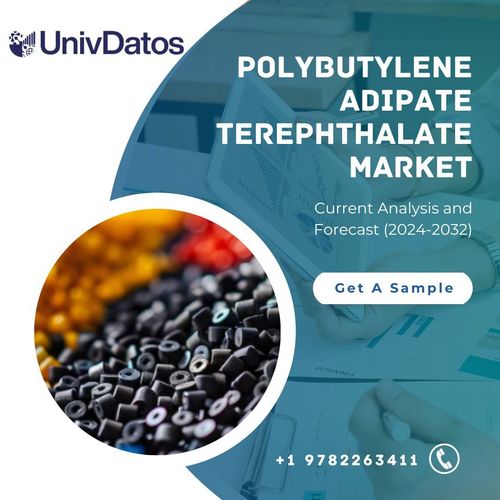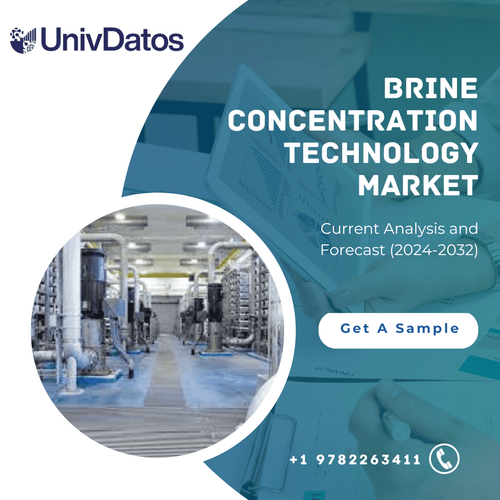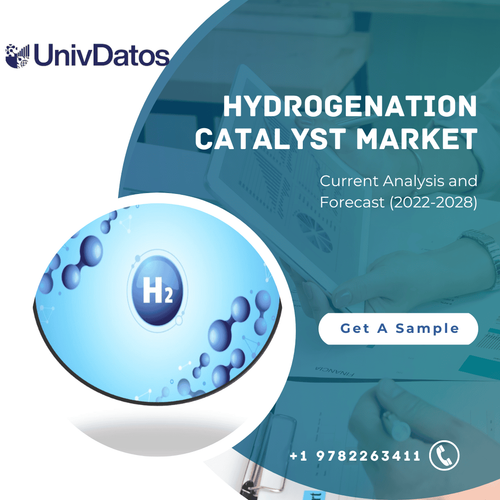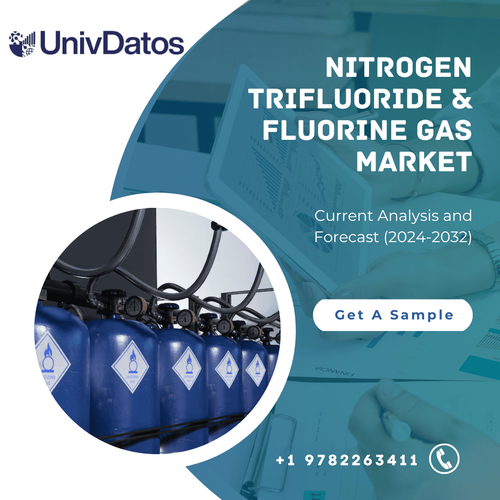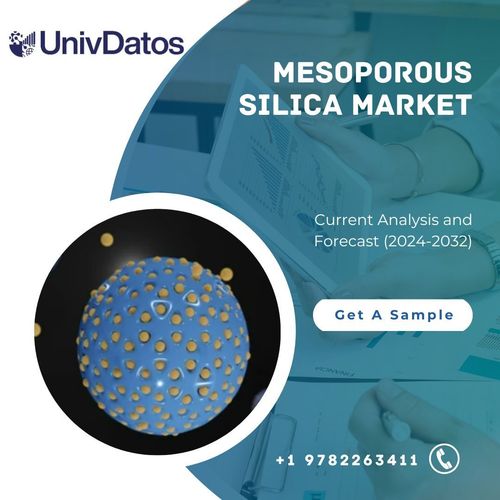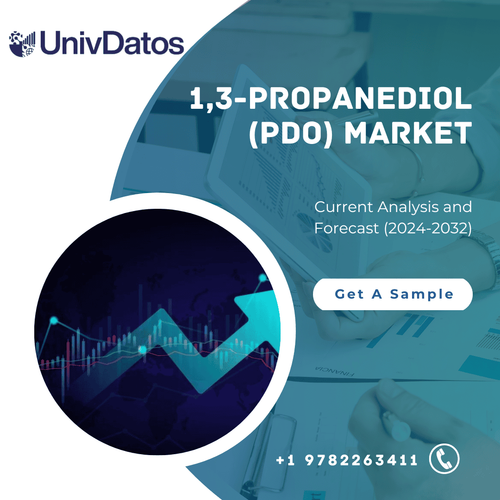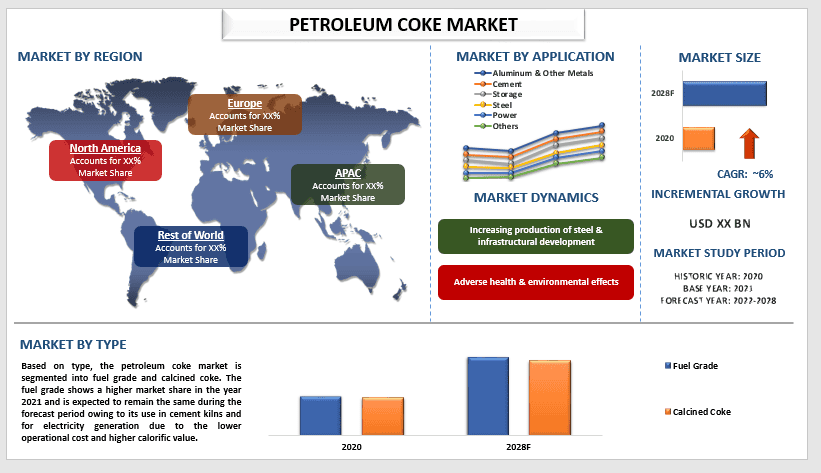
Global Petroleum Coke Market is expected to grow at a significant rate of around 6% during the forecast period. Petroleum coke is obtained as the final solid material during the refining of crude petroleum products. Petroleum coke is used in a variety of applications such as power generation, mixing material for aluminum & other metals, construction, and others. Furthermore, the increasing demand for steel owing to the development of highways, railways along with growing usage in the automotive, and construction industries is further expected to propel the demand for petroleum coke in developing countries such as India, China, Brazil, and Mexico, among others.
Additionally, petroleum coke is also used as the feedstock material for the steel and iron industry where it is blended with the coking coal during the process of coke making. Furthermore, the growth of the petroleum coke market is also supported by the growing demand from the cement industries in developing economies. Furthermore, the use of petroleum coke can reduce coking coal use by 16% at a 1% net reduction in energy efficiency. Petroleum coke is also used for fertilizer production where the pet is gasified to produce urea ammonia nitrate and ammonia which is then used to produce different fertilizers.
Saudi Arabian Oil Co., Indian Oil Corporation Limited, Royal Dutch Shell Plc, Valero Energy Corporation, Phillips 66 Company, BP p.l.c., ExxonMobil Corporation, Essar Oil Ltd., Marathon Petroleum Corporation, and Oxbow Corporation are some of the key players in the market. Several M&As along with partnerships have been undertaken by these players to facilitate customers with hi-tech and innovative products/technologies.
Insights Presented in the Report
“Amongst type, the fuel grade to hold a significant share in the market in 2020”
Based on type, the petroleum coke market is segmented into fuel grade and calcined coke. The fuel grade shows a higher market share in the year 2021 and is expected to remain the same during the forecast period owing to its use in cement kilns and for electricity generation due to the lower operational cost and higher calorific value. Furthermore, calcined coke is used as an important component for aluminum production.
“Amongst application, aluminum & other metals category to witness robust CAGR during the forecast period”
Based on application, the petroleum coke market is divided into aluminum & other metals, cement, storage, steel, power, and others. The aluminum & other material segment shows a significant growth in the market and is expected to remain the same during the forecast period due to the infrastructural development such as railways, commercial & residential buildings as well as increasing demand from steel and aluminum industries.
“Asia-Pacific to hold a significant share in the market”
In 2020, Asia-Pacific held a significant share of the global petroleum coke market. This is mainly due to the higher urbanization and increasing demand for petroleum coke derivatives including high carbon steel, cement, and others. Moreover, wide expansion in the field of construction and transportation is further expected to support the market growth. In addition, the rising demand for electricity across the world is expected to catalyze the need for petroleum coke to mitigate the shortage of the low supply and power failure. The increasing use of petroleum coke for steel and aluminum manufacturing is expected to increase the demand in the forecast period. For Instance, according to IBEF the production of crude steel and finished steel were 102. 49 MT and 99.66 MT respectively for December 2021 whereas the aluminum production stood at 3,285,186 tons from April 2020 and January 2021. Also, the investment in aluminum and cement industries and increasing demand for aluminum are expected to derive the market in the future. For instance, Indian Oil corporation limited has invested INR 20,000 crore to set up a petroleum coke gasification plant at its Paradip refinery in Odisha.
Reasons to buy this report:
- The study includes market sizing and forecasting analysis validated by authenticated key industry experts.
- The report presents a quick review of overall industry performance at one glance.
- The report covers an in-depth analysis of prominent industry peers with a primary focus on key business financials, product portfolios, expansion strategies, and recent developments.
- Detailed examination of drivers, restraints, key trends, and opportunities prevailing in the industry.
- The study comprehensively covers the market across different segments.
- Deep dive regional level analysis of the industry.
Customization Options:
The global petroleum coke market can further be customized as per the requirement or any other market segment. Besides this, UMI understands that you may have your own business needs, hence feel free to connect with us to get a report that completely suits your requirements.
Table of Contents
Research Methodology for the Petroleum Coke Market Analysis (2022-2028)
Analyzing the historical market, estimating the current market, and forecasting the future market of the global petroleum coke market were the three major steps undertaken to create and analyze the adoption of petroleum cokes in major regions globally. Exhaustive secondary research was conducted to collect the historical market numbers and estimate the current market size. Secondly, to validate these insights, numerous findings and assumptions were taken into consideration. Moreover, exhaustive primary interviews were also conducted, with industry experts across the value chain of the global petroleum coke market. Post assumption and validation of market numbers through primary interviews, we employed a top-down/bottom-up approach to forecasting the complete market size. Thereafter, market breakdown and data triangulation methods were adopted to estimate and analyze the market size of segments and sub-segments of the industry pertains to. Detailed methodology is explained below:
Analysis of Historical Market Size
Step 1: In-Depth Study of Secondary Sources:
Detail secondary study was conducted to obtain the historical market size of the petroleum coke market through company internal sources such as annual reports & financial statements, performance presentations, press releases, etc., and external sources including journals, news & articles, government publications, competitor publications, sector reports, third-party database, and other credible publications.
Step 2: Market Segmentation:
After obtaining the historical market size of the petroleum coke market, we conducted a detailed secondary analysis to gather historical market insights and share for different segments & sub-segments for major regions. Major segments are included in the report as type and application. Further country-level analyses were conducted to evaluate the overall adoption of testing models in that region.
Step 3: Factor Analysis:
After acquiring the historical market size of different segments and sub-segments, we conducted a detailed factor analysis to estimate the current market size of the petroleum coke market. Further, we conducted factor analysis using dependent and independent variables such as various type and applications of petroleum cokes. A thorough analysis was conducted for demand and supply-side scenarios considering top partnerships, mergers and acquisitions, business expansion, and product launches in the petroleum coke market sector across the globe.
Current Market Size Estimate & Forecast
Current Market Sizing: Based on actionable insights from the above 3 steps, we arrived at the current market size, key players in the global petroleum coke market, and market shares of the segments. All the required percentage shares split, and market breakdowns were determined using the above-mentioned secondary approach and were verified through primary interviews.
Estimation & Forecasting: For market estimation and forecast, weights were assigned to different factors including drivers & trends, restraints, and opportunities available for the stakeholders. After analyzing these factors, relevant forecasting techniques i.e., the top-down/bottom-up approach were applied to arrive at the market forecast for 2027 for different segments and sub-segments across the major markets globally. The research methodology adopted to estimate the market size encompasses:
- The industry’s market size, in terms of revenue (USD) and the adoption rate of the petroleum coke market across the major markets domestically
- All percentage shares, splits, and breakdowns of market segments and sub-segments
- Key players in the global petroleum coke market in terms of products offered. Also, the growth strategies adopted by these players to compete in the fast-growing market
Market Size and Share Validation
Primary Research: In-depth interviews were conducted with the Key Opinion Leaders (KOLs) including Top Level Executives (CXO/VPs, Sales Head, Marketing Head, Operational Head, Regional Head, Country Head, etc.) across major regions. Primary research findings were then summarized, and statistical analysis was performed to prove the stated hypothesis. Inputs from primary research were consolidated with secondary findings, hence turning information into actionable insights.
Split of Primary Participants in Different Regions
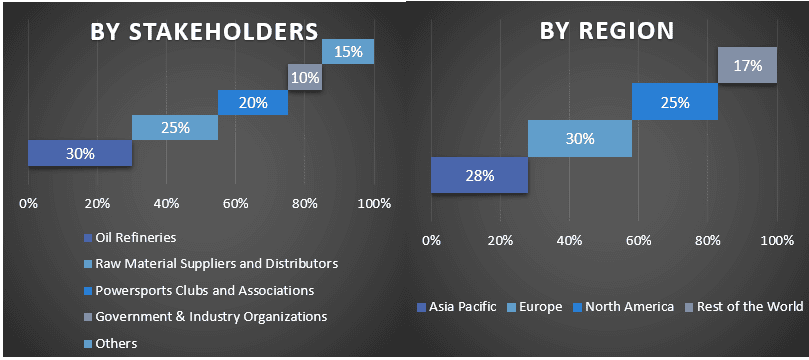
Market Engineering
The data triangulation technique was employed to complete the overall market estimation and to arrive at precise statistical numbers for each segment and sub-segment of the global petroleum coke market. Data was split into several segments & sub-segments post studying various parameters and trends in the areas of type and application in the global petroleum coke market.
The main objective of the Global Petroleum Coke Market Study
The current & future market trends of the global petroleum coke market were pinpointed in the study. Investors can gain strategic insights to base their discretion for investments on the qualitative and quantitative analysis performed in the study. Current and future market trends determined the overall attractiveness of the market at a regional level, providing a platform for the industrial participant to exploit the untapped market to benefit from a first-mover advantage. Other quantitative goals of the studies include:
- Analyze the current and forecast market size of the petroleum coke market in terms of value (USD). Also, analyze the current and forecast market size of different segments and sub-segments
- Segments in the study include areas of type and application.
- Define and analysis of the regulatory framework for the petroleum coke
- Analyze the value chain involved with the presence of various intermediaries, along with analyzing customer and competitor behaviors of the industry.
- Analyze the current and forecast market size of the petroleum coke market for the major region.
- Major countries of regions studied in the report include Asia Pacific, Europe, North America, and the Rest of the World.
- Company profiles of the petroleum coke market and the growth strategies adopted by the market players to sustain in the fast-growing market
- Deep dive regional level analysis of the industry
Related Reports
Customers who bought this item also bought

